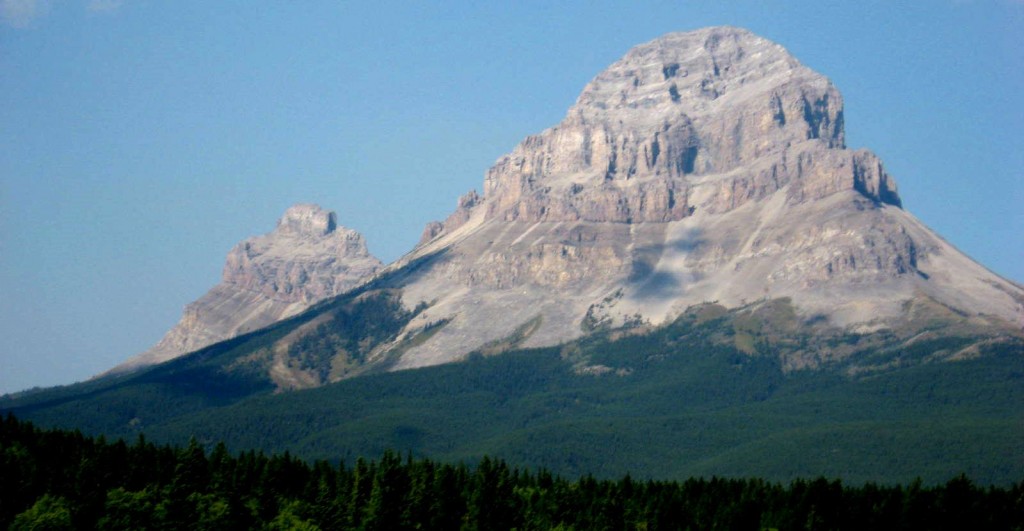21.1: Introduction
- Page ID
- 1800
Learning Objectives
After reading this chapter, completing the exercises within it, and answering the questions at the end, you should be able to:
- Describe the general makeup and ages of the provinces of Laurentia, Laurentia’s journey over the past 650 Ma, and the processes by which additional rocks were added on its eastern, northern, and western margins during the Phanerozoic to form the continent of North America
- Explain the timing and depositional environments of mid- and late-Proterozoic sedimentary rocks in western Canada
- Describe the depositional environments and types of sedimentary rock that accumulated on the western margin of North America and in the Western Canada Sedimentary Basin (WCSB) during the Paleozoic
- Summarize the extents, geological origins, and migration of the accreted terranes of British Columbia and Yukon
- Explain how terrane accretion on the west coast during the Mesozoic contributed to the formation of the Rocky Mountains and how that in turn provided the source material for a thick sequence of Mesozoic sedimentary rock in the WCSB
- Describe the origins of the Mesozoic intrusive igneous rocks of the Coast Range and other areas within British Columbia
- Describe the geological effects of the accretion of the Pacific Rim and Crescent Terranes, the nature of WCSB deposition in the early Cenozoic, the ongoing volcanism and earthquake activity in western Canada, and the general effects of the Pleistocene glaciation in western Canada

Figure 21.0.1 Crowsnest Mountain in the southern Alberta Rockies is made up of Paleozoic rocks that were uplifted by continental convergence during the Mesozoic, and then eroded by glaciation during the Cenozoic [SE]
Western Canada has a fascinating geological history with rocks ranging in age from the Archean to the Holocene. Over that time, almost every conceivable geological process has taken place here, resulting in the formation of a wide array of rock types, and some of the most important fossil deposits in the world. The region is also endowed with a range of geological resources, spanning the periodic table from beryllium to uranium, and the geological processes have produced awe-inspiring scenery and world-class recreational opportunities.
This chapter focuses on the important geological history and geological features of western Canada, but includes an overview of Canadian geology as a whole, starting with the development and journey of the ancient continent of Laurentia.
Contributors
-
Physical Geology by Steven Earle used under a CC-BY 4.0 international license. Download this book for free at http://open.bccampus.ca.

